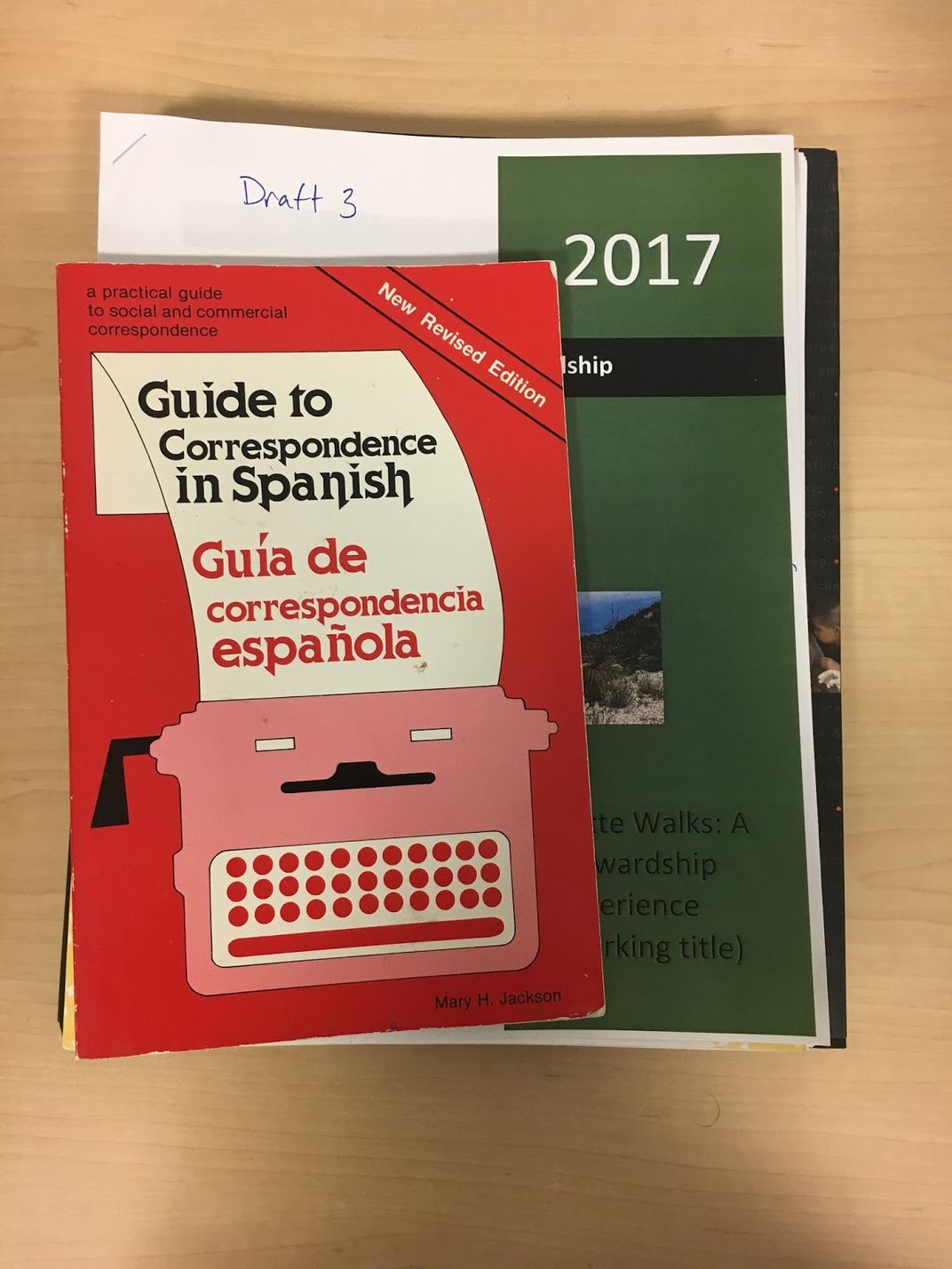NATIONAL MUSEUM OF THE AMERICAN LATINO
Chili Queens and Fiesta Gowns
Young Ambassador Estrella Hernandez recounts her experience interning at the Witte Museum.
/https://tf-cmsv2-smithsonianmag-media.s3.amazonaws.com/blogging/featured/Witte_Exterior.JPG)
My first week interning at the Witte Museum has been amazing! I was nervous and excited to return, since the museum recently opened to the public after a multi-year renovation project. I had not been into the main building to see its changes yet. Walking in and seeing the new space already bustling with kids made me so excited. The Witte Museum has always been part of my life - from going to exhibits as a kindergartener to attending formal dances there in high school. Coming here felt like a great way to give back to my city before I leave for college in the fall.
I’ve been awestruck at the incredible patience, passion, and dedication of the Witte Museum’s staff. The curators, YAP alumni, accountants, programming creators, and everyone else I’ve met have been enthusiastic about encouraging me to discover as much as I can about museums. They’ve taught me the basics of studying public health, curation, building programming for children, and professional communications in Spanish. I hope that I can greatly grow my knowledge in these subject areas over the next few weeks!
Yesterday, one of the Witte Museum’s amazing curators took me with her to see all of the artifacts not currently on display. I had no idea what to expect. Despite my time at Washington Week, part of my mind still thought of curation as some inaccessible practice that I could never interact with. I thought that going to examine the pieces in storage would mean observing them through glass or in boxes, not actually picking them up. To my surprise, I got the opportunity to touch materials much older than I am. Some volunteers and I combed through the Witte Museum’s collection of textiles to search for pieces to be featured in a new exhibit. After donning blue plastic gloves, I was ready to hold history in my hands. Going through clothing from different eras felt like an odd connection between the then and now. While I had read about the various eras in history that affected how fashion manifested itself (changes in styles, textiles, or the social norms for people of various ages and genders), it felt incredible to see and feel an example of these trends. I got to hold black dresses from the 1870s, brightly patterned jumpsuits from the 1960s, and women’s suits from the 1990s. Their varying colors and materials held the story of the people who wore them and the times they lived through.

During Washington Week, we met a chef who challenged us to consider the stories we told through our foods. After we prepared a meal in groups, he left us with questions to consider - what foods fill you? Could you cook your family’s recipes if you were alone? Whom do you share it with? I’ve been mulling these questions over since I returned home. As such, being assigned to cover the story of San Antonio’s Chili Queens felt like a natural progression to build my understanding of foodways. As I read more and more about these young, witty, and humorous Latinas, I felt mournful that they had been largely erased from our city’s history. Chili Queens were a common sight in San Antonio from the 1860s to the 1930s. They had once been as iconic of a symbol as the Alamo. However, the Chili Queens were driven from their public food stalls during the 1940s. Little documentation exists about these women, especially information about their lives, families, and specific businesses. Chili Queens have been retroactively amalgamated into a nebulous, vague idea in the popular consciousness. However, by bringing their stories to lives for museum patrons, I hope to reclaim (in some small part) the narrative of the Chili Queens. I hope that kids and adults alike can walk away knowing about these entrepreneurs, who battled bias, unruly customers, and aggressive ordinances to support their families.
I am excited to present the information I learned about the Chili Queens tomorrow at the museum’s Super Saturday event! Next week, I’ll begin helping with a youth camp explaining the roles and functions of museums to kids between the ages of six to eight. I’ve worked with kids before, but haven’t done so in a professional capacity before. I’m looking forward to teaching them all the great things I’ve discovered about museums so far, and learning along with them!
